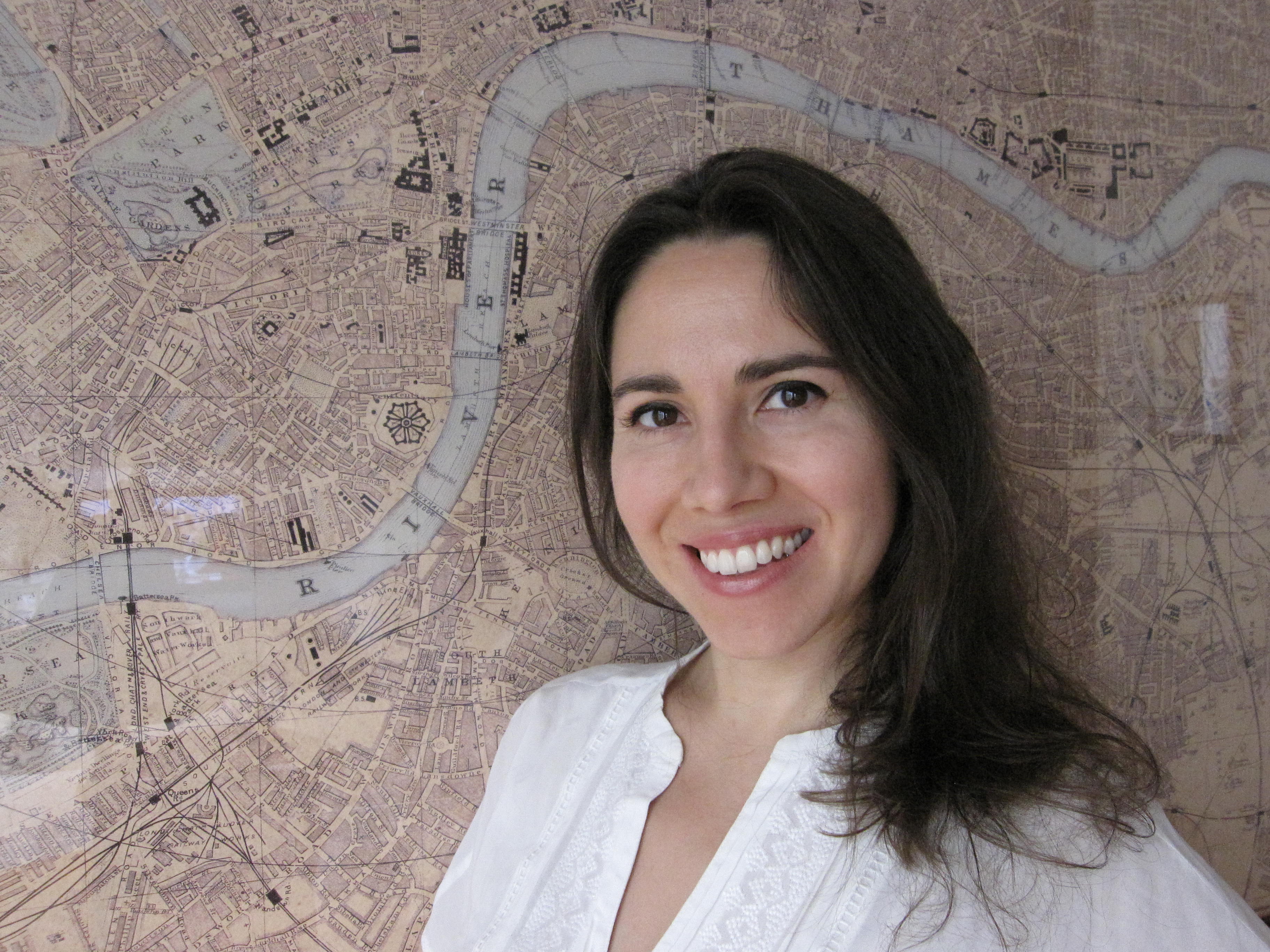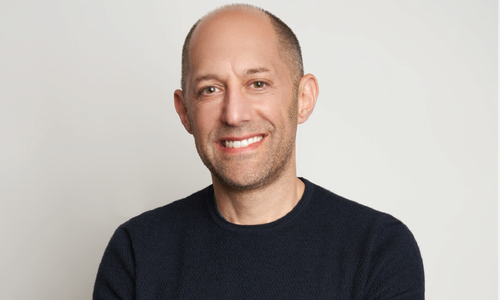
Catastrophe Strategy: Africa Risk Capacity's Dr. Joanna Syroka
Earlier this week African Risk Capacity (ARC) announced it’s plans to create an Extreme Climate Facility (XCF), which it described as a multi-year funding mechanism that will issue “climate change catastrophe bonds.”
The goal — according to ARC — is to place a $1 billion multi-peril bond built on a open model index created by in-house researchers.
RiskMarketNews discussed the plans with Dr. Joanna Syroka, who is spearheading the effort as programme director for ARC.
RiskMarketNews: How did you come upon a catastrophe bond structure for this facility? When ARC was created its mandate, was more of a direct index insurance and microinsurance route. Did something change?
Dr. Joanna Syroka: There is a bit of history behind that. ARC deals with sovereign-level risk, not micro.
First, we needed to get the insurance company up and running, which was created late last year and is the first financial affiliate to the ARC Agency. It’s Bermuda-based and called the ARC Insurance Company Limited; [it’s a] hybrid-mutual insurance company capitalized with donor commitments from UK Department for International Development and Germany’s KfW (Bank aus Verantwaortung) totaling $200 million. In May of this year, ARC Ltd launched its first insurance portfolio with five countries signing insurance policies: Senegal, Mauritania, Niger, Kenya, and Mozambique. That was reinsured by a panel of reinsurers and placed by Willis as the reinsurance broker.
What we announced this week is beginning the work on what could potentially be the second financial affiliate of ARC Agency.
Many people ask us “climate change, and what does that mean for what you’re doing with insurance for your member states?” And it took us some time to think about what it does mean.
We have a very powerful governance structure of ARC that includes 24 member states. And the way we work before countries can buy insurance, is they have to go through a contingency planning process that is reviewed by the ARC Agency and fellow African members. That gives us a very powerful platform to think about other innovative financing things that we can offer our countries. And that’s where the Extreme Climate Facility (XCF) idea came from.
RMN: Why pursue private capital now?
SYROKA: A big discussion in the climate change community is, “How can we get private capital involved in climate change adaptation?” You probably know that there’s lots of discussion about the amounts of funding that Africa and developing world needs. You’re probably aware that that funding is not forthcoming right now at the scale required.
There’s a need to do several things: Increase the sources available, diversify the sources available, and be innovative in terms of how we can get money through the door. And that’s where the idea of being able to securitize risk and issue bonds specifically designed to crowd in private capital.
RMN: What are your plans for the bond’s structure?
SYROKA: It’s going to be constructed like a traditional catastrophe bond structure, but parametric. The plan is to issue a series of bonds over a 30 year or longer term period. We are going to design an extreme climate index for each climate region in Africa. There is an over 30-year historical dataset for Africa for the meteorological parameters, so we will establish a baseline. If this extreme climate index goes above some severe threshold set above this baseline over five-year increments, the cat bonds will fully or partially default and their principle will flow to countries already managing their risk through ARC Limited to implement pre-approved climate adaptation plans.
RMN: Right now the plans are to create a multi-peril bond, which are notoriously difficult to model. How will you manage that process?
SYROKA: We have some ideas. We are going to work with our climate research partners and have several already working with ARC.
There’s a great deal of work already ongoing about how you should be monitoring extreme weather events. There are ideas on the standards, as set by the UN WMO, and the US National Climatic Data Center, for example, already tracks an extreme climate index for the United States. These are good starting points for us. The index has to be one that can be spatially representative and use the satellite data that we have available. That’s the work we have to do. I think it will be feasible.
It’s going to be a regional index. So each country in the region that is managing their weather risk through ARC Limited will be eligible to get a payout, even if it the triggering event doesn’t happen on their territory but it happens in the region. A triggering event could include some statistically unexpected event or multiple events detected by the extreme climate index in that area during the bond’s tenor. Any country in the region that is eligible would benefit from a payment if one is triggered.
RMN: What modeling firms are you working with?
SYROKA: We are doing the modeling work in-house. That’s what we’ve always done. For the work for ARC Limited, we built the software, Africa RiskView, which underpins the insurance contracts ourselves. It’s esoteric and complex stuff, weather-related food security in Africa. We had to do the modelling.
Eventually we may well engage one of the big modeling firms on the cat bond structure if required by investors.
RMN: How do you plan to overcome the complexity of a multi-peril bond, especially one built on a proprietary index?
SYROKA: Be completely transparent, it’s what we always do. Show them our modeling, show them our data. Everything we do in our modeling is transparent. You can replicate what we’ve done. You can disagree with what we have. That’s the only way we can bridge that gap. We have 30 years of historical data also that we can use, which is consistent. The market can decide if that’s enough, if they’re comfortable with these things. We plan to do some additional risk modeling working with some of our existing research partners and work closely with the investment markets throughout.
RMN: A key aspect of ARC in general and this bond issue in particular, is the focus on post-payout. Why is that?
SYROKA: Half of the story of ARC is insurance. The other half is contingency planning.
Before a country can buy insurance from ARC Ltd, they have to have a contingency plan that’s approved by the ARC Agency. That shows that they can convert a payout into timely action on the ground to assist affected populations. In insurance you’re always going to lose money on average unless, in our case, you convert the opportunity of a timely payout into an early and effective response to save the lives and livelihoods of those affected. And it’s a very powerful signaling tool to your donors to say, “We have a problem. We as a government are responding, but we’re probably going to need more money than we got from ARC. Come and help us.” We will apply a similar principle for the XCF with respect to the climate adaptation plans which countries will implement using XCF payouts.
RMN: What do you think will be the investment pitch when this comes to the market in 2016?
SYROKA: When it comes to institutional investors, African climate change is something they have no exposure to and it’s pretty much not correlated to anything else they have in their portfolio. We’re offering diversification. Also climate change is a very interesting issue from an investment perspective and could attract investors irrespective of whether they believe extreme weather events will increase in Africa or not.
Risk Market News Newsletter
Join the newsletter to receive the latest updates in your inbox.





